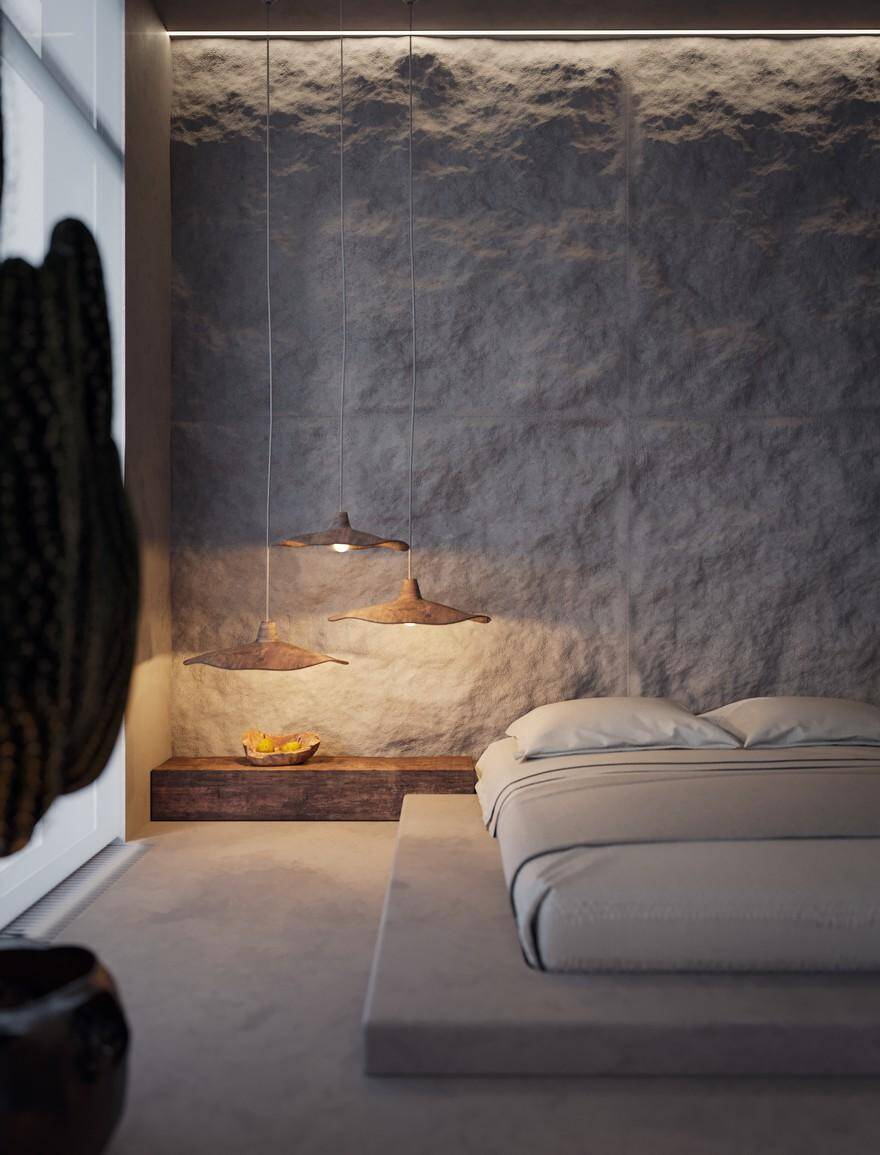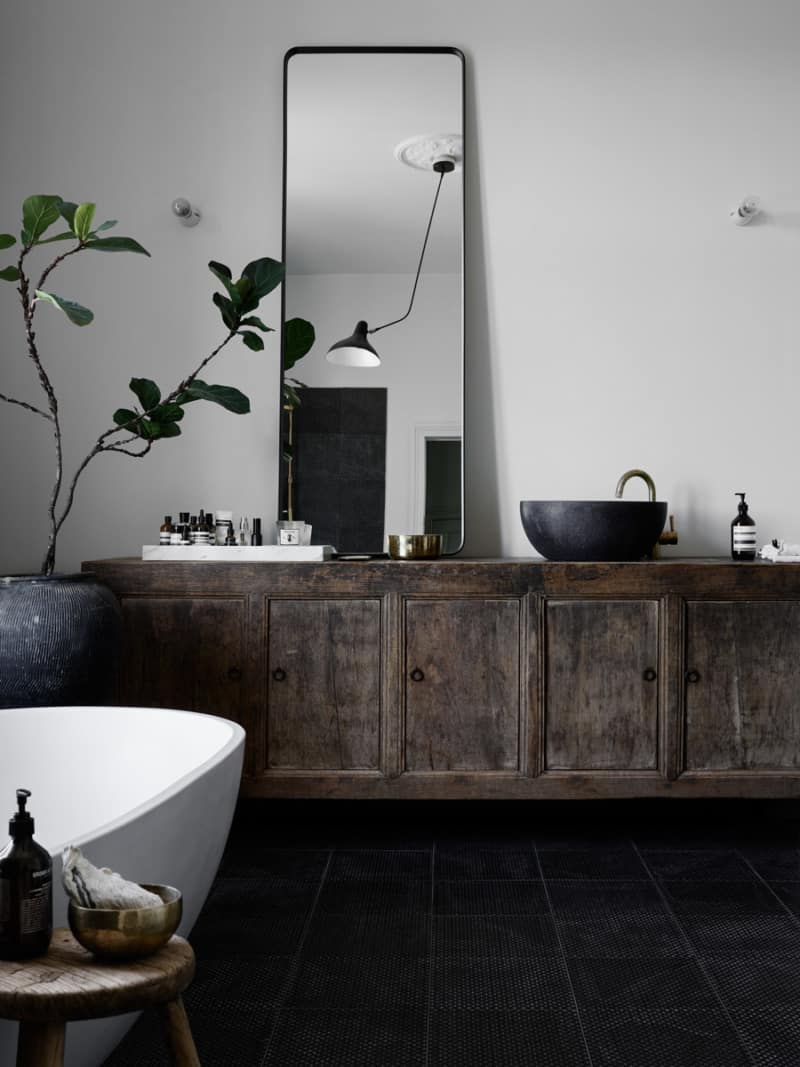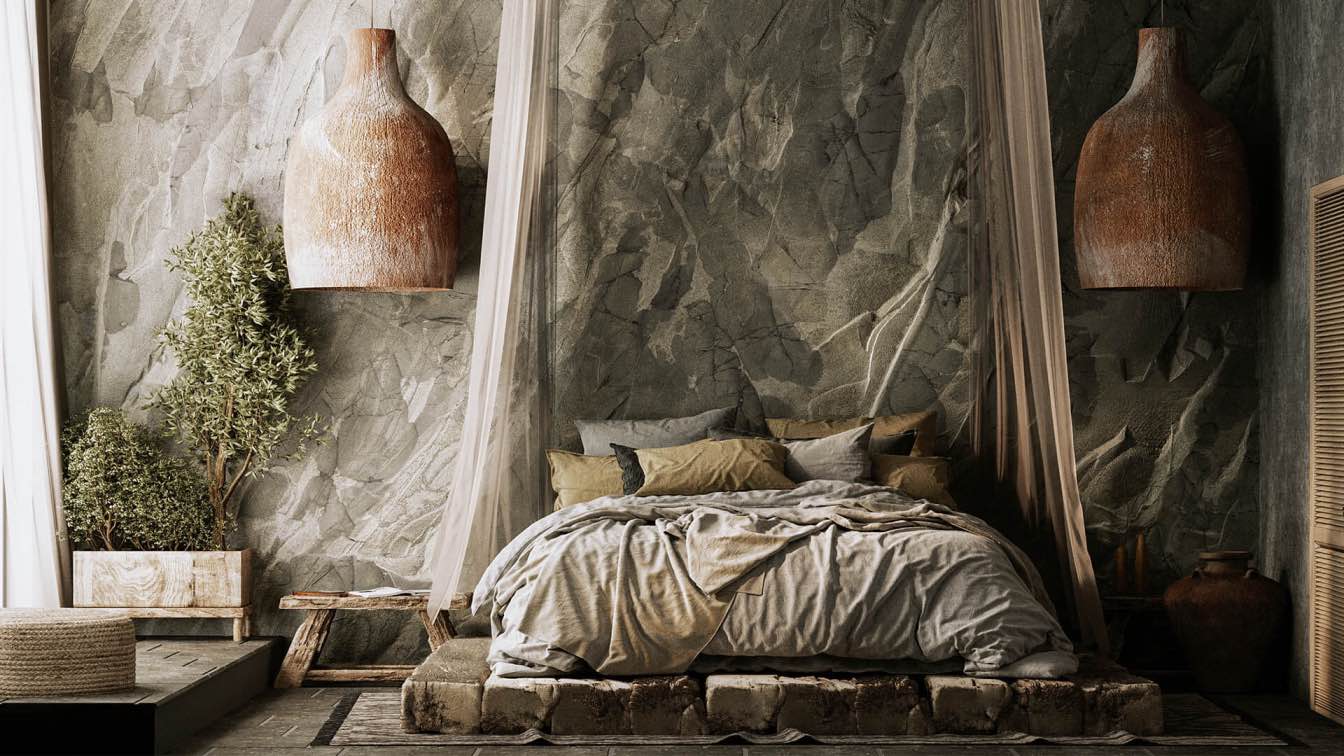Table Of Content

Each of these artforms is a dialogue between the artist and the impermanent nature of existence, a humble bow to the continuous flux of life. Emily Moorman is a News Writer at Homes & Gardens, working across a range of topics spanning interiors, celebrity and emerging trends. With a background in the fashion industry, Emily is well-versed in the world of design and trend cycles. Her undergraduate degree was in Fashion Communication and Promotion which she studied at Norwich University of The Arts, specialising in writing and digital communications.
Theravada Buddhism Simplified Beliefs, Customs, Principles
As a result, the aesthetic shows serenity in simplicity and incomplete and imperfect form. Expect to see plenty of natural and authentic materials showing the passage of time. Wabi-sabi interior design celebrates imperfection and embraces organic, sustainable materials. It emphasizes irregular, raw textures and flawed finishes, creating a sense of warmth and approachability.
Focus on an Earthy Palette and Rustic Textures
Each pre-loved piece tells a story through its subtle signs of wear, adding character and authenticity to your rooms. What if the key to a serene home is to find beauty in the imperfections you’ve overlooked? Wabi sabi interior design celebrates these unique quirks through the use of natural textures, subtle hues, and thoughtful arrangements.
Fabrique1840 is the Canadian Design Store of Our Dreams Designlines - Designlines Magazine
Fabrique1840 is the Canadian Design Store of Our Dreams Designlines.
Posted: Fri, 02 Feb 2024 08:00:00 GMT [source]
Imperfection Is Beauty
They say the best things in life get better with age – be it wine, whiskey, or antiques. When it comes to integrating Wabi-Sabi decor inspirations, the idea is to decorate your home with items that have the tendency to get better with age, or age gracefully. The presence of green leaves in your home is enough to boost its overall aesthetic. Try keeping plants on your windowsill, or add to the greenery in your balcony by adding small houseplants like a rubber tree, prayer plant, a fiddle-leaf fig, ficus, or hoya. Indoor trees and indoor plants add to the overall bloom scape and give your home a beautiful, welcoming vibe. As a Japanese aesthetic, wabi-sabi has a sharp influence on modern life as it corresponds to the beauty that lies in humility, austerity, and the ephemeralness of life.
The Wabi Sabi concept focuses on giving your home and garden a makeover in a way that acknowledges nature’s purest forms. An underdone surface looks better than a finished, shiny, polished surface in the elementary Wabi-sabi language. Similar to the Japandi style, the Wabi-Sabi style focuses on celebrating imperfection and flaws that tell the story of each object. That’s why upcycled furniture and repurposed items, with their signs of age and unique features, are ideal to complete your desired home decor. Just like Kintsugi—the Japanese art of mending pottery with gold to highlight its unique traits—wabi-sabi room design focuses on unique traits, flaws, imperfection, and asymmetry. While Wijaya draws inspiration from the buzzy Japandi (Japanese-Scandinavian) movement that’s swept interiors in recent years, the aforementioned principles are an important element of the overall aesthetic.

Add Natural Elements
One more quick tip is to use brick walls barely and reduce dust by sealing the plaster with it. Alternatively, you can also use bare wood, which has a light and soft feeling, creating a relaxed atmosphere around you. Now that you decided on painting walls, introduce colour into your home through a few inexpensive items. Just like in the case of the Scandinavian style, in the case of wabi-sabi house design, the focus is on sustainable, eco-friendly materials. Choose metals, wood, and natural textiles to create a home that is in perfect harmony with the environment.

For example, vintage quality pieces continue to gain personality and depth with time. Or, you could opt for elements that naturally age with character, such as metals and wooden items, which tend to form a patina over time. All the thought and intention of wabi-sabi results in design that really does inspire a sense of calm.
Discover Your Home’s Unique Light Signature
The Wabi-Sabi philosophy deeply appreciates objects’ history and character, so shopping secondhand can be an excellent way to incorporate Wabi-Sabi into your home. Gently used items have an element of history that’s difficult to replicate with new purchases. Try to avoid clutter by keeping only things that are functional or that you genuinely love. Each item in your home should have a purpose, whether it’s a chair you love to sit in or a painting that makes you happy. This might mean opting for a modern and highly comfortable sectional in the living room rather than filling it with multiple chairs and an excess of tables.
Wabi-sabi as a design principle not only outlines guidelines for product design but is also looked upon as a lifestyle by many people. It is a simple yet complex imagery of the passage of a hard time and the appearance of something which shows age, imparting something through life. Essentially, you can take Wabi as a word applied to a life, which is simple, non-materialistic, humble and appreciative. If I am referring to you as a Wabi person, it means I saw the qualities of happiness in you due to your self-definition instead of material wealth. Similarly, the decor of Wabi will transcend the need for maximalism and go with a representation of your self-identity.
Although there are many similarities between wabi-sabi and Japanese interior design, the former uses emptiness and unfinished textures to influence curiosity. One quick tip is sealing bare wood with linseed oil making it look adorable and perfect with a natural feel. There are several ways which can help you to include texture into your decors. Do it yourself instead of spending hundreds of dollars on expensive woodworking items and shiny appearances. Sunlight is a natural element that can truly enrich your home, elevate the space, and add depth to each item and piece of furniture in your home.
Home tour: A sustainable wabi-sabi home in Kuala Lumpur - Tatler Taiwan
Home tour: A sustainable wabi-sabi home in Kuala Lumpur.
Posted: Fri, 29 Sep 2023 07:00:00 GMT [source]
Pick rough stone countertops and handmade ceramics for plates and bowls, adding a touch of artistry to everyday life. By now you would have realized that doing up your home the wabi-sabi way is also a step towards practicing sustainability. From reusing broken objects to embracing stains, chips and cuts on things, the wabi-sabi way of life is all about the concept of less is more.
In the last few years, interior designers have been leaving behind some of the edgy, clinical versions of minimalist design, some even adopting a more eclectic approach to their interiors. However, for some, maximalist opulence is never an option, and that’s why the rise of Wabi sabi is imminent. Wabi sabi is a world view focusing on the acceptance of transience and imperfection in traditional Japanese aesthetics. The aesthetic is sometimes defined as admiring beauty in nature that is "imperfect, ephemeral, and unfinished." It may be found in all kinds of Japanese art.
Wood, stone, and clay are favored for their earthy texture and natural appearance. Small additions, like a beautiful organic pendant or unique table lamp, can enhance the beauty of imperfection, too. Nod to Japanese interior design with a beautifully handcrafted dining table and contrast of light and dark furniture. You can also set your wabi-sabi dining table with simple, mismatched tableware and unpolished silverware. There are many home decor pieces that withstand the notion of time and style and look great irrespective of their surroundings or patina. Examples include Wabi-Sabi kitchen ware made from beautifully carved wood or even a statement piece of art that becomes the focal point of your interior space.
Though objects are important, they’re intertwined with philosophy — and that was the intention when the movement originated. A conscious globe-trotter and an avid dreamer, I created this blog to inspire you to walk the Earth. The principle of Datsuzoku invites us to view the world without the filters of preconceived notions, opening up a space for the unconventional. It invites us to look beyond the surface, to find beauty in the hidden layers and the subtle interplay of light and shadow, presence and absence.

No comments:
Post a Comment